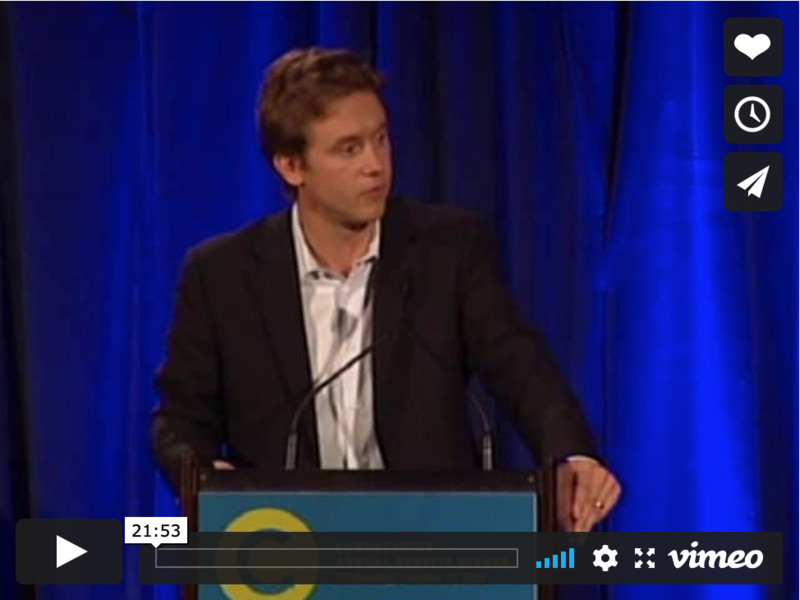New Learning MOOC’s Updates
Update #2 – Education Speech – High School inclusiveness through group dynamics
As basis for this update, my choice is a highly emotional 2012 speech [1] from former Colorado state Senator Michael Johnston [2].
Mike is a teacher, school principal and politician who achieved, in 2004, as principal of Colorado’s lowest performing High School, out of the common results by redesigning the school and by placing 100% of the all-new cohort in college. He also headed the Marvin Foote Detention Center, with students who underwent dramatic home abuses or perpetrated serious crimes.
I will transcribe the 3 highlights Mike gives regarding the High School and then comment them.
- On the first day, Mike and the teachers took the 44 new students outside in a circle and said that, according to the historical data of the neighborhood, half of the circle will not graduate and could just as well go home. But he offered an alternative: if the students did their best, not only would all graduate, but additionally have an admission to 4-year college in hand plus the money in the pocket to do it. The 44 students signed a vow to do their best on a small panel that was placed in the middle of the corridor.
- On a large panel, a big “climb to college” mountain was drawn, and each student pinned a small name card, designed as they like, at the bottom of the mountain. The mountain included base camps (e.g., find 3 colleges to apply, fill out personal statement form) and every week, students would as a group check in and move the cards accordingly. If a student was stuck, another had to go and help him reach the next basecamp.
- A weekly ritual included the setup of a rickety ladder and a chair, between which the students would line up in two rows. A student accepted at college would sit on the chair and call out the handful of supporters and mentors (including teachers) who supported her or him. These supporters would stabilize the rickety ladder so the student could run between the 2 lines of other students, climb the ladder and write her or his name on a small panel at the top, for students accepted at college.
On May 10th, the 44th student sat on the chair, called out his supporters, ran to the ladder, climbed it and wrote his name. That day, this new high school in one of the poorest Colorado districts became the only school in the state to reach 100% college admission.
Let's now look at this speech from the institution, curriculum and pedagogy perspectives.
- From an institution perspective, there is a strong emphasis on the notion of community. It is not just individual students coming at work, it is a team that shares a common goal and approach. This is visible from day one when the students are put in a circle, presented with a group challenge and proposed to make a vow together. The collaboration is present in the mountain and basecamp model where the left behinds get support from the other to reach the next basecamp. The rickety ladder and the supporters symbolize the collaboration and team work too. Students take on a role that extends beyond basic individual learning: the new role is strongly relationship-based.
- From a curriculum perspective, the focus extends beyond the purely academical learning dimension, but it includes additional considerations: social of today, professional of tomorrow. The cursus is not represented as a pure set of lessons, but symbolized with the mountain and the base camps that include steps such as selecting target colleges, filling in personal assessment forms etc. The rewards are not grades, but symbols and rituals: moving name cards on the mountain and climbing a ladder with supporters to write a name on a panel.
- From the pedagogy perspective, the learning is not just on core knowledge, but includes a strong focus on values of ambition, collaboration and resilience. The objective of the learning is clearer to grasp, with each step related to a step in society. Although not described directly in the speech, we can believe that the learning is not only formal but also informal through the group networking effect.
To conclude, this speech does not focus on the digital revolution and its effect, but it truly projects the learning in the 21st century dimension with critical thinking about why to learn, with creativity regarding how learning momentum is built, with communication to keep the momentum going and collaboration between the students themselves and with the rest of the learning community.
[1] Speech: https://vimeo.com/51781911


